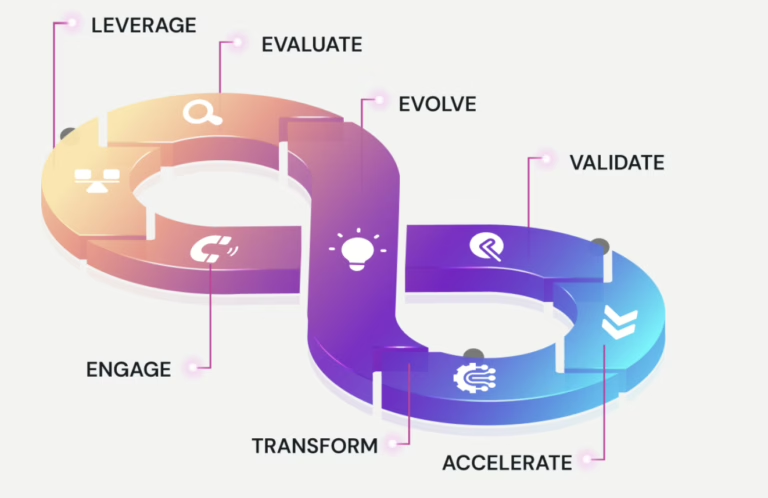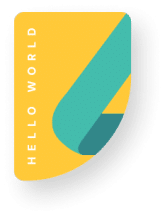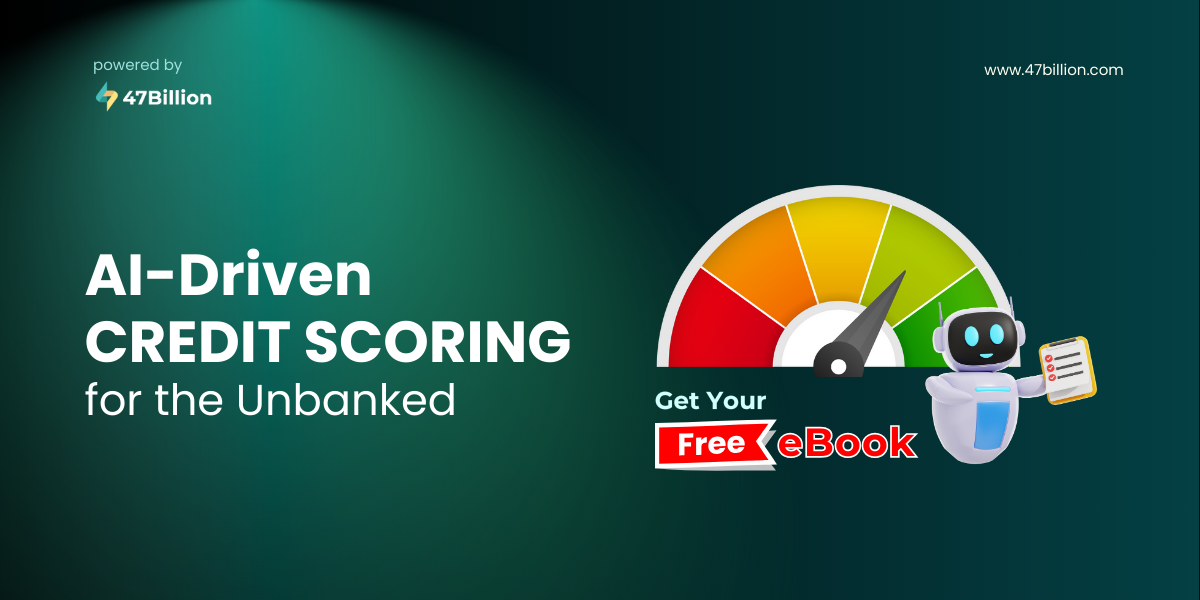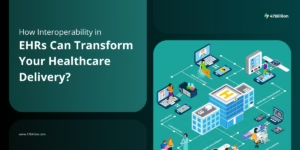Traditional credit scoring models, which rely on historical banking transactions and credit histories, have long excluded unbanked individuals from essential financial services. As of 2024, 1.4 billion adults worldwide remain unbanked, representing 17% of the global adult population. Even in developed economies like the United States, 4.5% of households (approximately 5.9 million) lack a bank account. The financial exclusion gap is further widened by gender disparities, with women 9% more likely to be unbanked, and by socioeconomic factors affecting rural and low-income populations. Additionally, 25% of unbanked adults globally lack formal identification, creating further barriers to financial access.
This whitepaper examines how AI-driven credit scoring models are transforming the lending landscape for unbanked by leveraging alternative data sources—such as mobile usage patterns, digital transactions, social behavior, and spending habits—to assess creditworthiness beyond conventional banking history. While mobile banking has achieved 60% penetration in developing economies, 40% of unbanked individuals cite a lack of trust in financial institutions as a key barrier to adoption. At the same time, nonbank financial services, such as money orders and prepaid cards, are helping 25% of unbanked U.S. households manage their finances.
By integrating machine learning algorithms and AI-powered credit scoring, financial institutions can develop more inclusive, flexible, and predictive credit models that accommodate unbanked populations. Expanding access to digital financial services could boost GDP by 6% in developing economies, underscoring the economic potential of financial inclusion. This paper explores the limitations of traditional credit scoring, the potential of AI-driven alternatives, and real-world applications where AI has successfully enabled access to credit for unbanked borrowers.
Download our Whitepaper to Discover How AI is Driving Financial Inclusion for the Unbanked.






